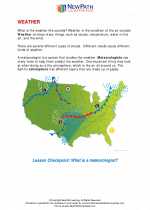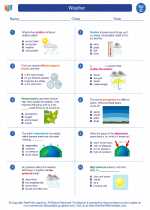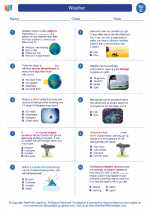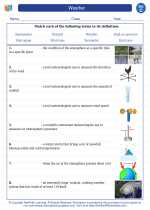Types of Interference
There are two main types of interference:- Constructive Interference: This occurs when the peaks of one wave align with the peaks of another wave, or when the peaks of one wave align with the troughs of another wave. When this happens, the amplitudes of the waves add together, resulting in a wave with greater amplitude. This can make the resulting wave appear brighter, louder, or have a higher intensity, depending on the type of wave.
- Destructive Interference: This occurs when the peaks of one wave align with the troughs of another wave. In this case, the amplitudes of the waves subtract from each other, resulting in a wave with diminished or zero amplitude. This can make the resulting wave appear dimmer, quieter, or have a lower intensity, again depending on the type of wave.
Examples of Interference
Interference can be observed in various real-world scenarios. Some examples include:- When two identical water waves meet in a pond, they can interfere with each other, resulting in patterns of constructive and destructive interference.
- In sound waves, interference can occur when two speakers emit sound waves that meet at a certain point. The resulting interference can lead to areas of increased or decreased sound intensity.
- In optics, interference is observed in phenomena such as the colorful patterns seen in soap bubbles or the thin films of oil on water, where light waves interfere with each other, leading to the observed colors.
Study Guide
To understand interference better, here are some key points to focus on:- Learn the difference between constructive and destructive interference, and how they affect the amplitudes of waves.
- Explore real-world examples of interference in different types of waves, such as water waves, sound waves, and light waves.
- Experiment with simulations or hands-on activities that demonstrate interference, such as using ripple tanks for water waves or using sound waves and tuning forks for studying interference in sound.
- Understand how the concept of interference is utilized in various technologies, such as in noise-canceling headphones, optical coatings, and radio communication.
◂Science Worksheets and Study Guides Third Grade. Weather
Study Guide Weather
Weather  Worksheet/Answer key
Worksheet/Answer key Weather
Weather  Worksheet/Answer key
Worksheet/Answer key Weather
Weather  Worksheet/Answer key
Worksheet/Answer key Weather
Weather  Vocabulary/Answer key
Vocabulary/Answer key Weather
Weather  Vocabulary/Answer key
Vocabulary/Answer key Weather
Weather 

 Worksheet/Answer key
Worksheet/Answer key
 Worksheet/Answer key
Worksheet/Answer key
 Worksheet/Answer key
Worksheet/Answer key
 Vocabulary/Answer key
Vocabulary/Answer key
 Vocabulary/Answer key
Vocabulary/Answer key

The resources above cover the following skills:
EARTH AND SPACE SCIENCE (NGSS)
Earth’s Systems
Students who demonstrate understanding can:
Represent data in tables and graphical displays to describe typical weather conditions expected during a particular season.